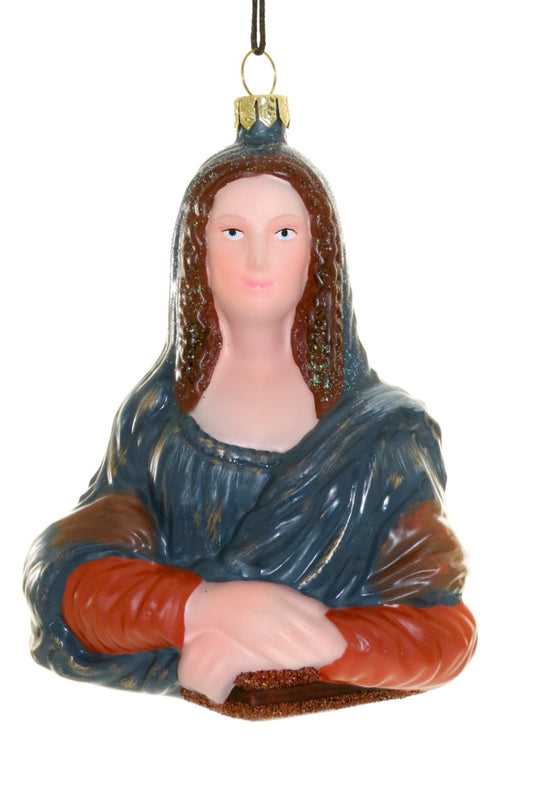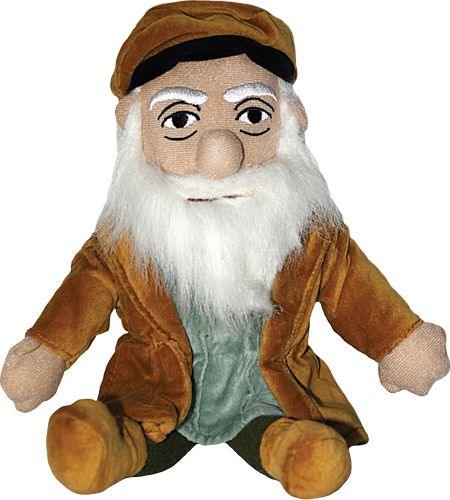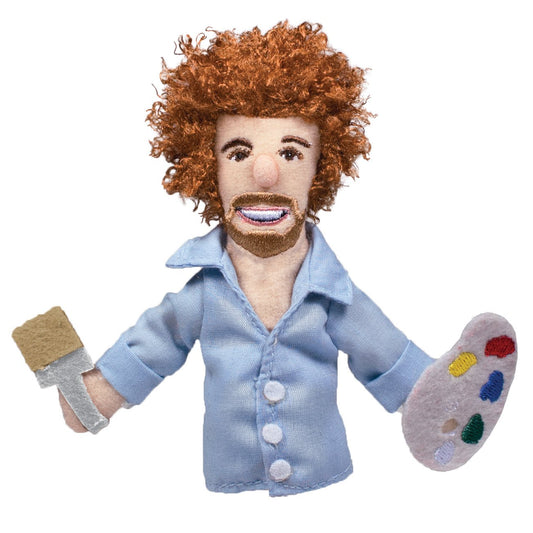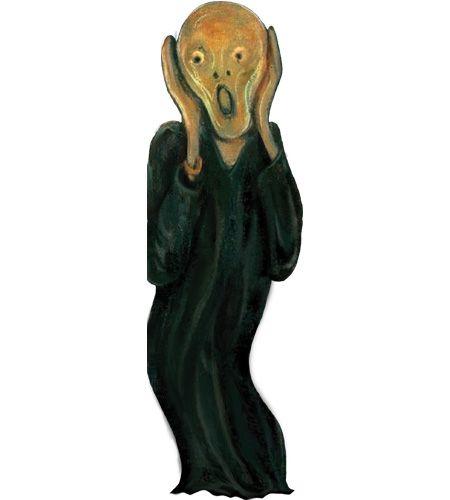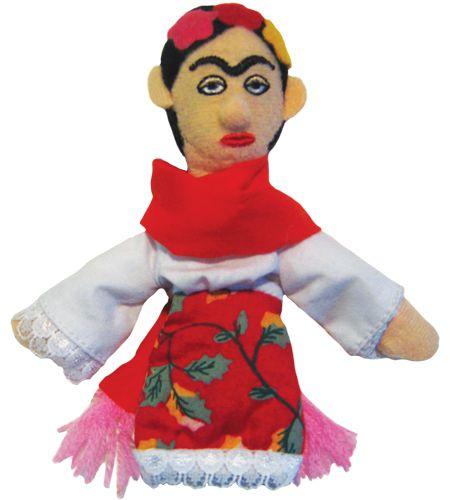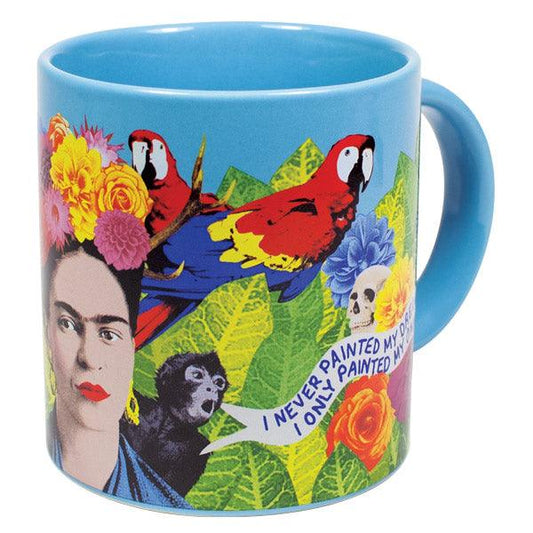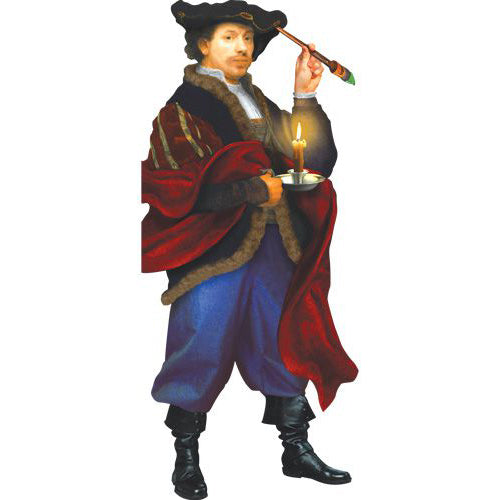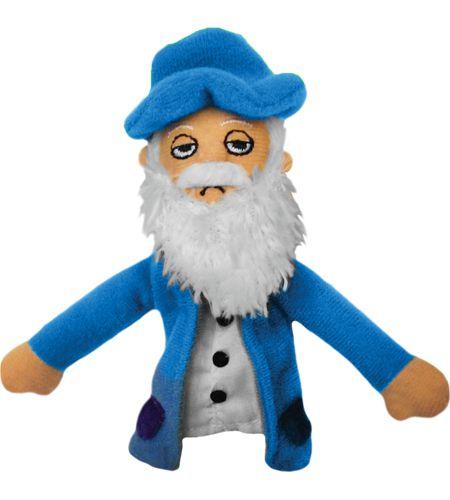Leonardo da Vinci gestanzte Grußkarte mit Aufklebern
Leonardo da Vinci gestanzte Grußkarte mit Aufklebern
The Unemployed Philosopher's Guild
Nicht vorrätig
Verfügbarkeit für Abholungen konnte nicht geladen werden
Jetzt können Sie Leonardo da Vinci schicken, um Ihre wissenschaftlichen Beobachtungen und verrückten Pläne mit dieser hübschen zitierbaren bemerkenswerten Karte zu liefern. Auf der Rückseite der Karte befindet sich eine Mini-Biographie des ultimativen Renaissance-Mannes, und falls Sie ein chronischer Aufschieber wie da Vinci sind, gibt es auch einen Aufkleberbogen mit Zitaten und Bildern mit freundlichen Grüßen wie "Happy Birthday!" und viel Glück!"
- Inklusive Umschlag und Aufkleberbogen
Product Details
Product Details
- Product type: Leere Notizkarte
- Shipping Dimensions: 8.75 × 4.0 (22.2 × 10.2 cm)
- Shipping Weight: 0.13 lb (2.0 oz; 57 g)
- SKU: SKU: SKU010003177
- UPC: 814229005582
Share



Über den Künstler
Leonardo da Vinci
Leonardo da Vinci (1452 — 1519) was an Italian painter, draftsman, sculptor, architect, and engineer whose skill and intelligence, perhaps more than that of any other figure, epitomized the Renaissance humanist ideal. His Last Supper (1495–98) and Mona Lisa (c. 1503–19) are among the most widely popular and influential paintings of the Renaissance. His notebooks reveal a spirit of scientific inquiry and a mechanical inventiveness that were centuries ahead of their time.
Mehr Leonardo da Vinci
-
Quilled Bookmark: DaVinci's Mona Lisa
Normaler Preis $9.72 CADNormaler PreisStückpreis / pro -
Glasornament: Mona Lisa Büste
Normaler Preis $20.90 CADNormaler PreisStückpreis / pro -
Lenticular Postcard: The Last Supper
Normaler Preis $4.54 CADNormaler PreisStückpreis / pro -
Lenticular Postcard: da Vinci (Mona Lisa)
Normaler Preis $4.54 CADNormaler PreisStückpreis / pro -
Sugar-Free Mints Tin: Mona Lisa
Normaler Preis $6.92 CADNormaler PreisStückpreis / pro -
Komm schon Mona... Lächle!: Ein Daumenkino
Normaler Preis $8.37 CADNormaler PreisStückpreis / pro -
Lenticular Postcard: da Vinci (Lady with an Ermine)
Normaler Preis $4.54 CADNormaler PreisStückpreis / pro -
Art Perplexity Game: Mona Lisa
Normaler Preis $5.58 CADNormaler PreisStückpreis / pro -
Leonardo da Vinci „Kleiner Denker“ Plüschpuppe
Normaler Preis $33.55 CADNormaler PreisStückpreis / pro -
Duck'oration: Mona Lisa
Normaler Preis $18.16 CADNormaler PreisStückpreis / pro

Über das Brand
The Unemployed Philosopher's Guild
The origins of the Unemployed Philosophers Guild are shrouded in mystery. Some accounts trace the Guild's birth to Athens in the latter half of the 4th century BCE. Allegedly, several lesser philosophers grew weary of the endless Socratic dialogue endemic in their trade and turned to crafting household implements and playthings. (Hence the assertions that Socrates quaffed his hemlock poison from a Guild-designed chalice, though vigorous debate surrounds the question of whether it was a "disappearing" chalice.)
Others argue that the UPG dates from the High Middle Ages, when the Philosophers Guild entered the world of commerce by selling bawdy pamphlets to pilgrims facing long lines for the restroom. Business boomed until 1211 when Pope Innocent III condemned the publications. Not surprisingly, this led to increased sales, even as half our membership was burned at the stake.
More recently, revisionist historians have pinpointed the birth of the Guild to the time it was still cool to live in New York City's Lower East Side. Two brothers turned their inner creativity and love of paying rent towards fulfilling the people's needs for finger puppets, warm slippers, coffee cups, and cracking up at stuff.
Most of the proceeds go to unemployed philosophers (and their associates). A portion also goes to some groups working on profound causes.
-
Museum Store Association Member
The Museum Store Association supports the cultural non-profit retail industry and the people who work in it.
-
Supports Non-profit Organizations
A portion of proceeds is donated to non-profit organizations. See description for details.
-
Designed in USA
Designed in the USA, with global manufacturing or assembly.
Mehr von The Unemployed Philosopher's Guild
-
Bob Ross magnetische Fingerpuppe
Normaler Preis $12.51 CADNormaler PreisStückpreis / pro -
Edvard Munch „Der Schrei“ gestanzte Notizkarte
Normaler Preis $5.52 CADNormaler PreisStückpreis / pro -
Frida Kahlo Magnetische Fingerpuppe
Normaler Preis $12.51 CADNormaler PreisStückpreis / pro -
Pokal für moderne Kunst
Normaler Preis $27.89 CADNormaler PreisStückpreis / pro -
Frida Dreams Tasse
Normaler Preis $27.89 CADNormaler PreisStückpreis / pro -
Magnetische Fingerpuppe Diego Rivera
Normaler Preis $12.51 CADNormaler PreisStückpreis / pro -
James Baldwin „Kleiner Denker“ Plüschpuppe
Normaler Preis $33.55 CADNormaler PreisStückpreis / pro -
Rembrandt - Gestanzte Notizkarte mit Aufklebern
Normaler Preis $5.52 CADNormaler PreisStückpreis / pro -
Claude Monet Magnetische Fingerpuppe
Normaler Preis $12.51 CADNormaler PreisStückpreis / pro -
James Baldwin Magnetische Fingerpuppe
Normaler Preis $12.51 CADNormaler PreisStückpreis / pro




